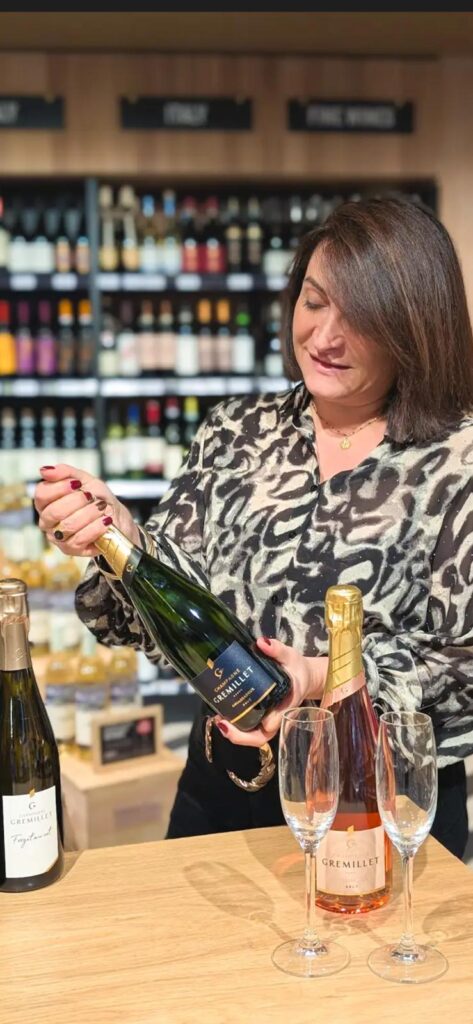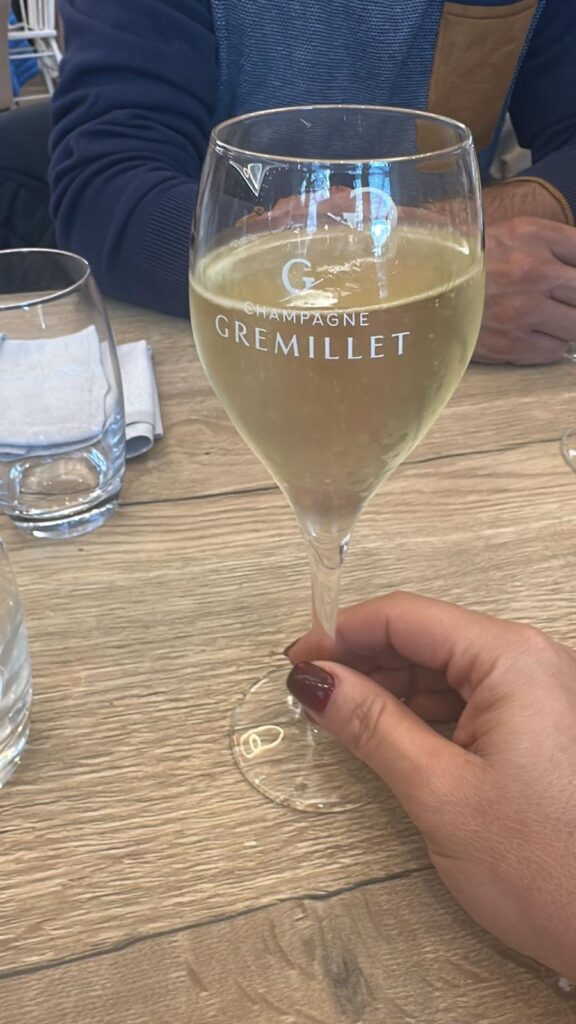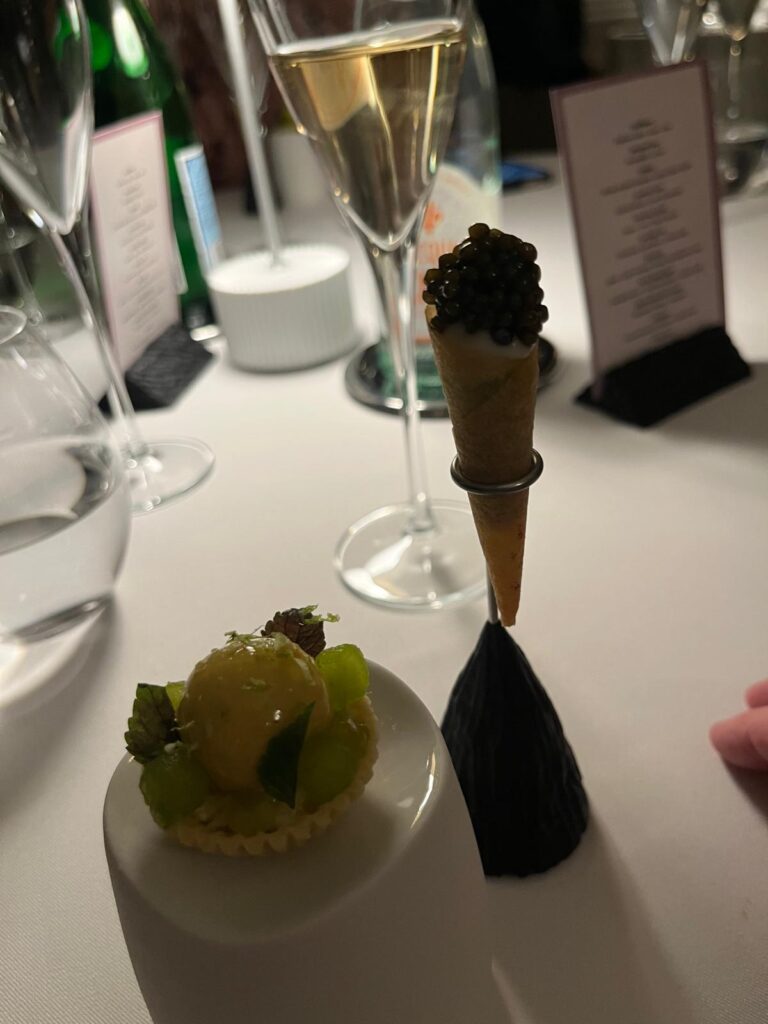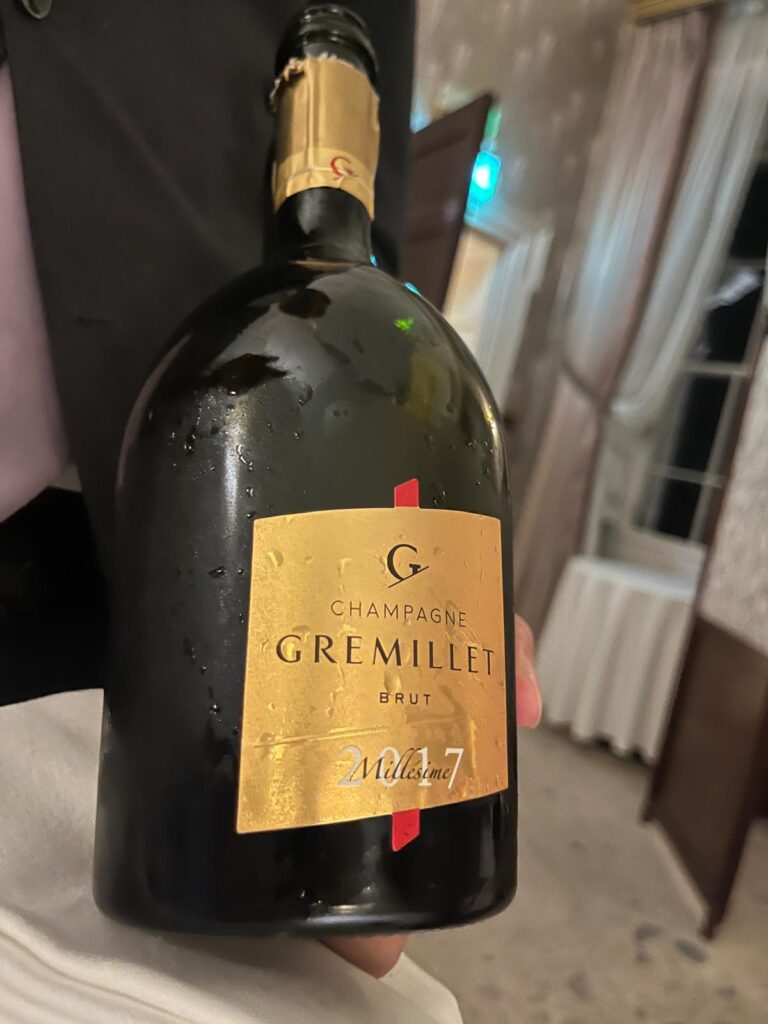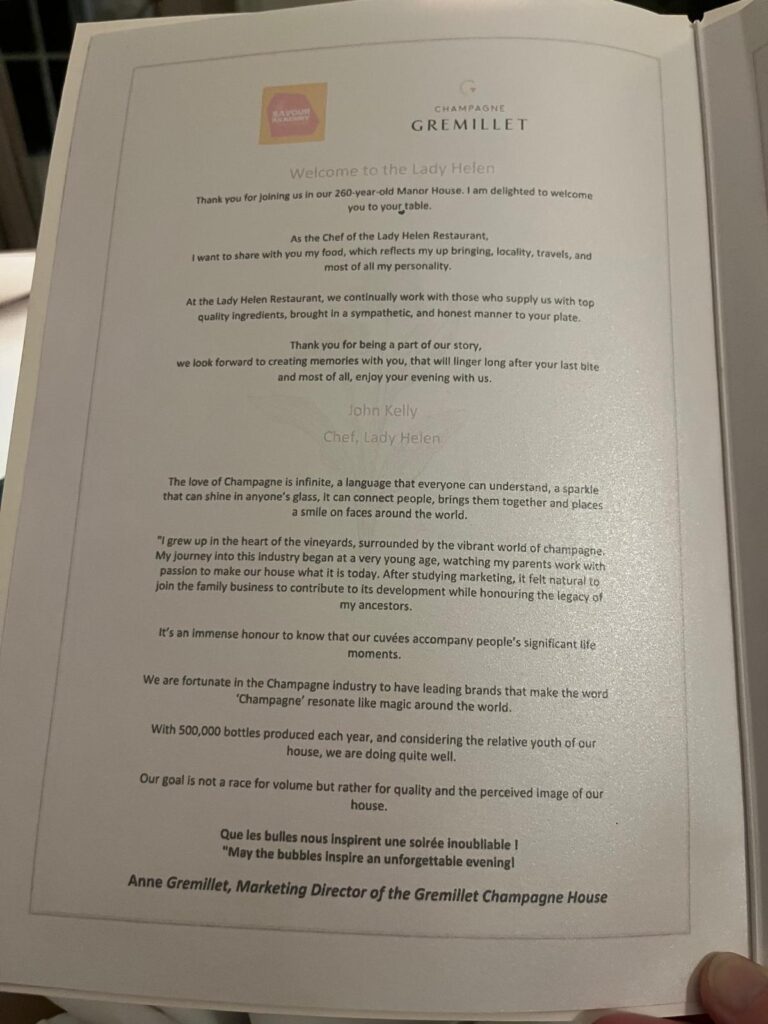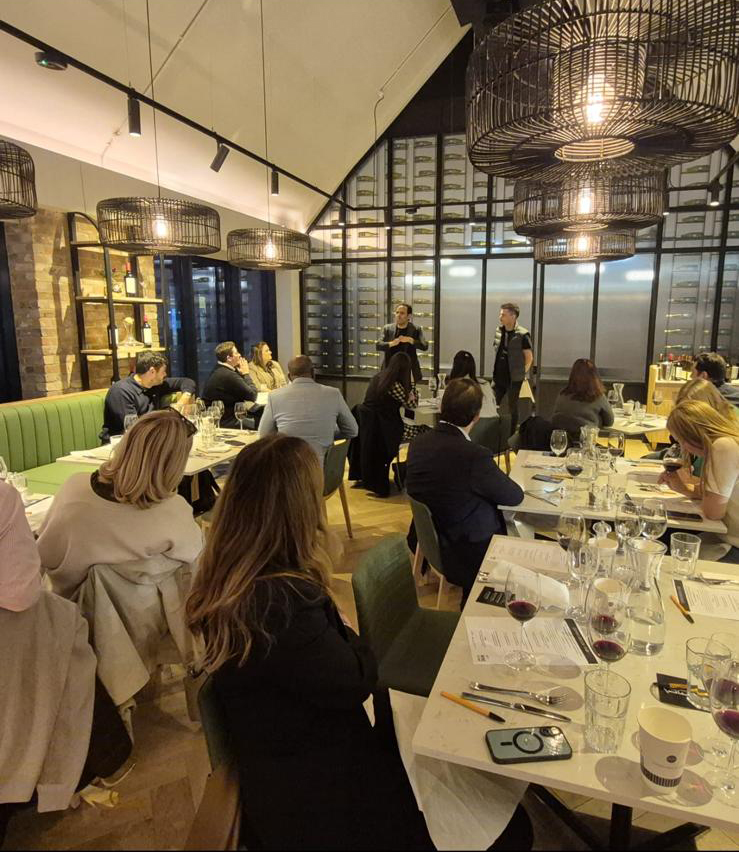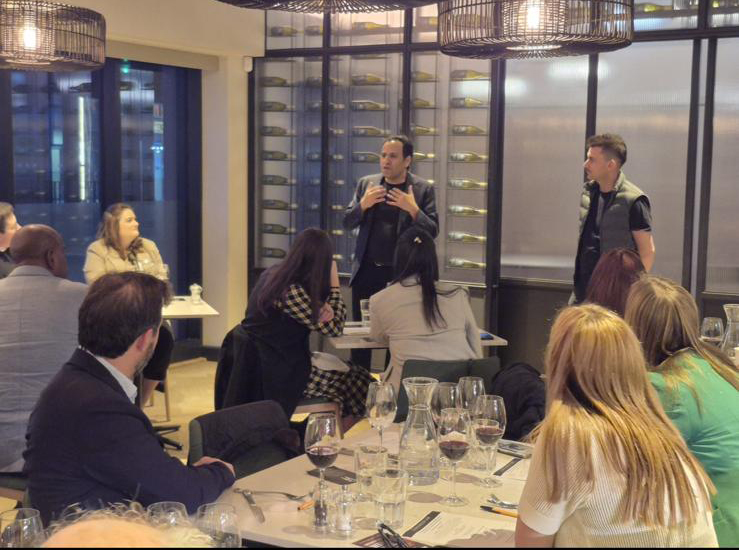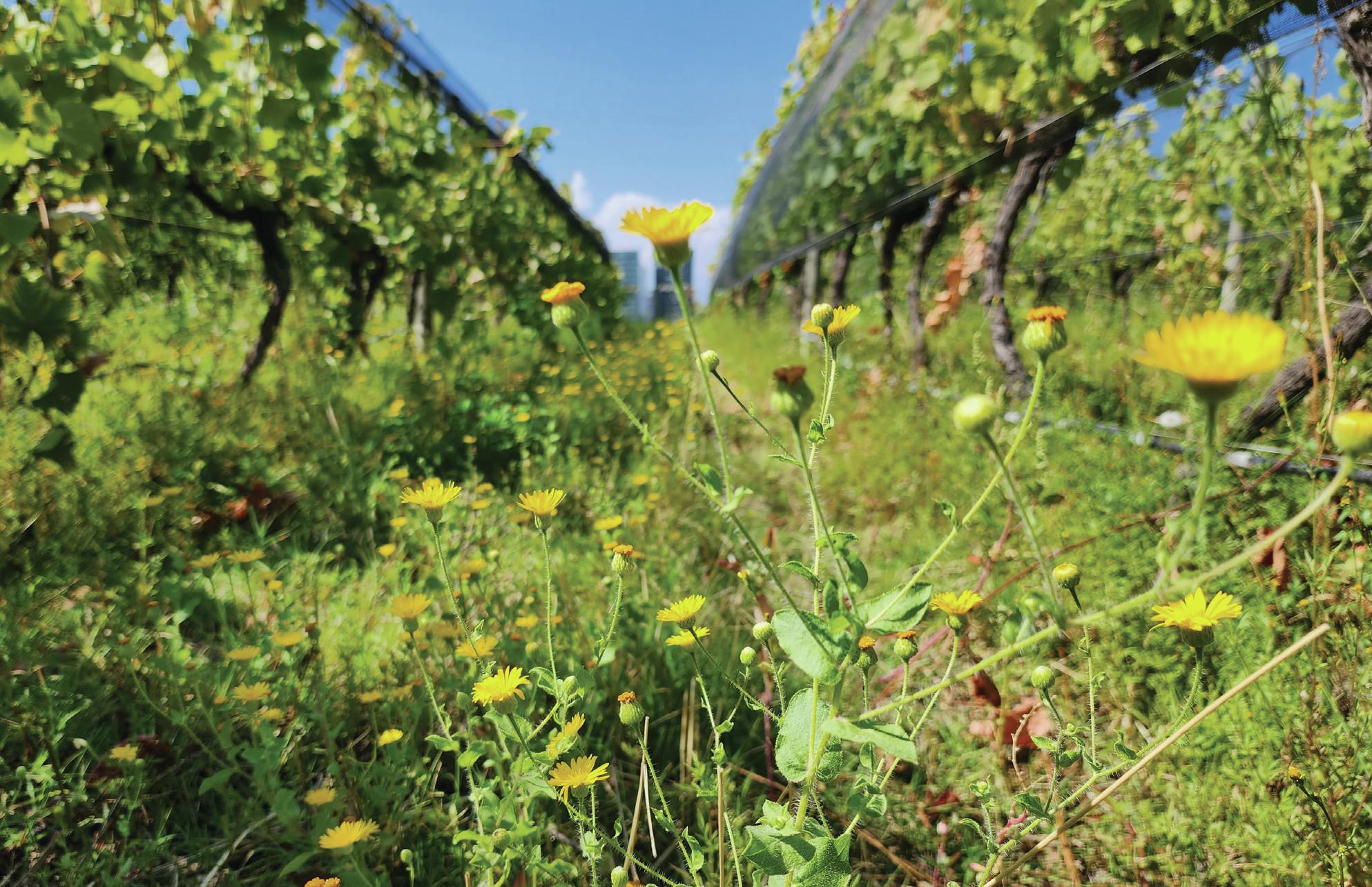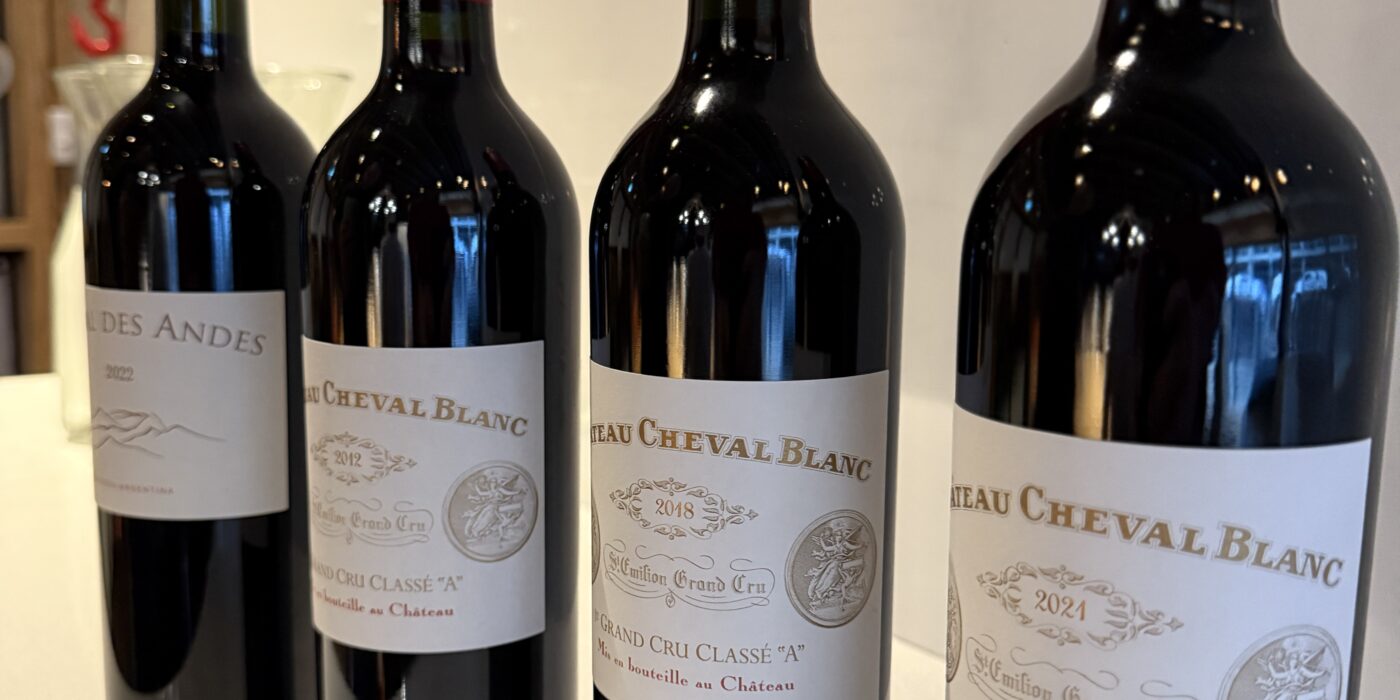Cheval Blanc, using the past to move forwards
A cold wet Tuesday in November deserves a little sparkle. Yesterday, whilst on a flying visit to Ireland Arnaud de Laforcade, CFO & Commercial Director of renowned Saint Emilion estate Cheval Blanc opened some bottles for the Tindal team. Cheval Blanc was officially established in 1832. It is the only Bordeaux Cru Classe with three very different terroirs which have been farmed without herbicides since the beginning. Though great wine is made in the vineyards, the completion of their state of the art winery in 2021 allows them to vinify each of the 56 parcels separately. We absorbed so much information while tasting 3 vintages, Petit Cheval white and the Argentinian Cheval des Andes notes of which are below.

1822 saw the beginnings of Cheval Blanc with the purchase of land from neighbouring Figeac by Jean-Jacques Ducasse. It was his son in law Jean Laussac-Fourcaud who grew the reputation and brand identity during his tenure from 1852. No opulent Chateau stands at the centre, but a modest building surrounded by vineyards. The LVMH connection is recent with the purchase of the estate by Bernard Arnault (LVMH) and the Albert Frere family in 1998. 2011 marked a significant move into the 21st century with the completion of a state of the art winery rumoured to have cost €13 million. This structure, sympathetically built into the landscape, houses the tools capable of reflecting the outstanding vineyard production in the bottle.
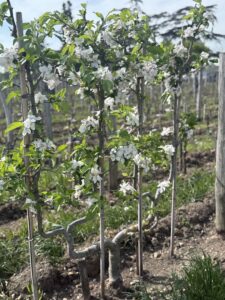
Today’s vineyards look different to the past driven by adaptations demanded by the changing climate and a greater understanding of working with nature. Pollarded trees now stand in the vineyards offering the potential for shade, but also a base for bats and other animals ensuring the circle of nature aids in the natural rhythm of the vineyard. Bats are integral in the management of insects among the vines. Trees, hedgerows and cover crops create corridors for biodiversity with cover crops between the vines holding precious moisture in dry periods or binding loose soil in times of flood. The bare soils of previous decades forgotten. Herbicides have not been used on the estate for decades. Farming using organic methods Cheval Blanc have always worked with nature. The vineyards at the estate encapsulate 3 separate terroirs giving the opportunity for 8 grape and soil combinations, laying the foundations for the huge complexity we find in the glass.
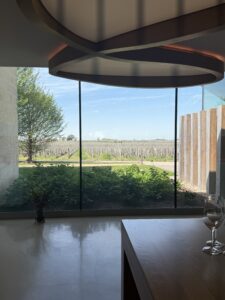
Whilst wine is made in the vineyards in good vintages. The new winery enables the team to ferment each of the 56 parcels separately enabling careful selection at blending. An outstanding vintage will hold each plot, eliminating the need for the second wine Petit Cheval. This occured in 2015, 2022 and most probably will be the case in 2025. The estate uses no press wine. A decision based on the pumping over regime which stops at the end of fermentation allowing the caps to dry solid over the new wine. Any extraction is done during fermentation, carefully managed on a plot by plot basis in the few days that they have.

Petit Cheval Blanc 2023 70% Sauvignon Blanc 30% Semillon
-
- Recent plantings have increased for white varieties on the estate with land more suited to their production grafted over from reds in recent years. Production involves 2 years on the lees in large 600L barrels.
-
Subdued peach notes on the nose. Waxy core with saline texture and powdery grip. Has structure and presence. Exotic lemon and mango tones on the finish. Succulence prolongs the feeling on the palate. 17
Cheval des Andes 2022 65% Cabernet Sauvignon 35% Malbec
- It’s really interesting to see the move to a lighter more ethereal style with this wine.
-
Floral blueberries on the nose, dense with peppered cab tones, smokey cigar box tones. Linear dark fruit on the palate. Silky tannins, lifted delicacy at the core with peppered edges on the core. Meaty undertones with boxtree edge. Lifted violet led tarnish at the end. Silky and vibrant. Lots of life. 17.5
Cheval Blanc 2021 52% Cabernet Franc, 43% Merlot, 5% Cabernet Sauvignon. 72,000 bottles produced
-
Gentle blueberry fruit on the nose. Sweet red currant tones on the core, so soft on the mid palate. powdery and elegant on the core. Saline longevity, succulent plum tones add tension at the end. Suspended tannins still hold the wine in place. 19
Cheval Blanc 2018 54% Merlot 40% Cabernet Franc, 6% Cabernet Sauvignon. 127,000 bottles produced.
-
Cherry coated notes on the nose, evolutionary. Bramble led tones lift the cocoa tones on the wine. Still dense and brooding but the powdery tannic lift elevates primary notes alluding to decades to come. 18.5+
Cheval Blanc 2012 53% Merlot 47% Cabernet Franc. 92,000 bottles produced.
-
Ripe tobacco led notes on the nose. Pot Pourri and lavender emerge. Floral tones on the mid palate, lifted chalky core with a mineral core that sustains the depth and promise on finish. Evolutionary leather notes starting to integrate. Acid is lingering and lifting. Tension comes from the salinity at the edge of the palate. Serious. 19+
Obviously there are questions about the state of Bordeaux and the place. Cheval Blanc use 80 négociants to sell their wines. There is recognition that replicating this in house would be nigh on impossible. Pricing at the property remains stable with an expected increase for the superior 25 vintage. Looking after loyal customers is something of a priority for Cheval Blanc. The ’24 vintage which will ‘always be remembered as a painful birth’ dropped significantly in price. It was not an outstanding vintage, though personally Cheval Blanc was my wine of the vintage.

*Please ask about our pre arrival offer with older vintages out at the end of the week.


